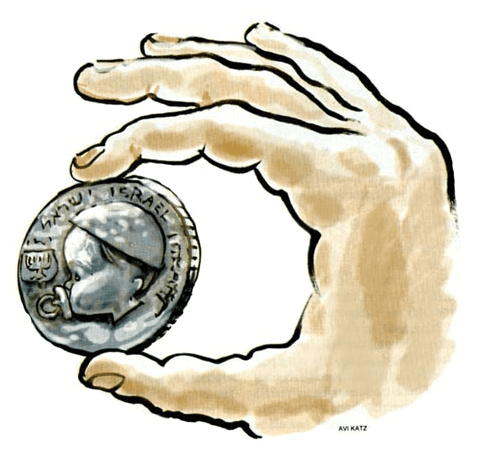PALMER, MA — Finding a four course gourmet kosher meal in Palmer, Mass. is nearly impossible — unless Chef Paula Shoyer is in town. This summer, Chef Shoyer has returned to Camp Ramah in New England where she teaches a “select” group of campers about healthy, mouth-watering, kosher menu planning and cooking.
Shoyer comes to town as part of the “kishroniya” (expertise) program that combines specialty camping and Jewish experiential education. Choosing from a menu of sports, arts, and outdoor adventure, campers spend four hours a day learning from experts in their fields.
Prior to this years’ five day kishroniya, Shoyer spent two days cooking with Ramah’s Tikvah Program, an overnight camping experience for children with developmental disabilities such as mental retardation, autism, and cerebral palsy. Members of the Tikvah Vocational Training Program met with Shoyer to plan the Tex-Mex menu, discuss healthy, kosher eating, and come up with a shopping list. The group members carefully walked the aisles of the local Wal-Mart selecting fresh produce, spices, measuring spoons, muffin tins, etc. When they returned, they were greeted by Shoyer, who had set up cutting stations for the group in the newly renovated, handicapped accessible kitchen of the vocational training building.
Program member Leah quickly mastered the art of chopping lettuce for the salad. Benji was busy learning how to use the salad spinner to dry the lettuce.
Shoyer moved quickly among group members, highlighting their strengths and abilities.
“I didn’t know what everyone’s skill level would be. But it became clear pretty quickly that there was something everyone could do,” reports Shoyer. “They clearly felt good about what they were doing. Everyone was busy, and the kids were so warm, excited and enthusiastic about it — and they were so respectful of each other and me.”
After almost five hours in the kitchen, Shoyer and group members, including their advisors, Shayna Hersh and Marcia Glickman, sat down around a long table for a quiet, relaxed dinner.
“[Group members] challenged themselves, moved quickly, and really kept up,” notes Hersh. “And Paula did it in a way that was supportive — and it worked.”
The next day it was back to work for Shoyer, who spent several hours cooking with campers ages 13 to 18 in the Tikvah Program. Their menu consisted of cheese bourekas and chocolate cupcakes.
A lawyer by training, Shoyer received her pastry diploma from the Ritz Escoffier Ecole de Gastronomie Francaise in Paris, France in 1996. and operated a dessert catering business in Geneva, Switzerland for two years. She was also the recipe tester and editor of two popular Kosher cookbooks: Kosher by Design Entertains and Kosher by Design Kids in the Kitchen, both written by Susie Fishbein.
The mother of four, Shoyer runs Paula’s Parisian Pastries Cooking School form her home in Chevy Chase, MD. In addition to teaching classes to aspiring cooks ages 3 on up, she is currently at work on her own cookbook of non-dairy desserts and is preparing to launch a new “Kosher Baker’s Blog.” Shoyer is also in the midst of filming a pilot TV show on kosher baking.
Despite her busy schedule, Shoyer knows just where she’ll be next summer: back at Ramah, teaching kids to cook.



